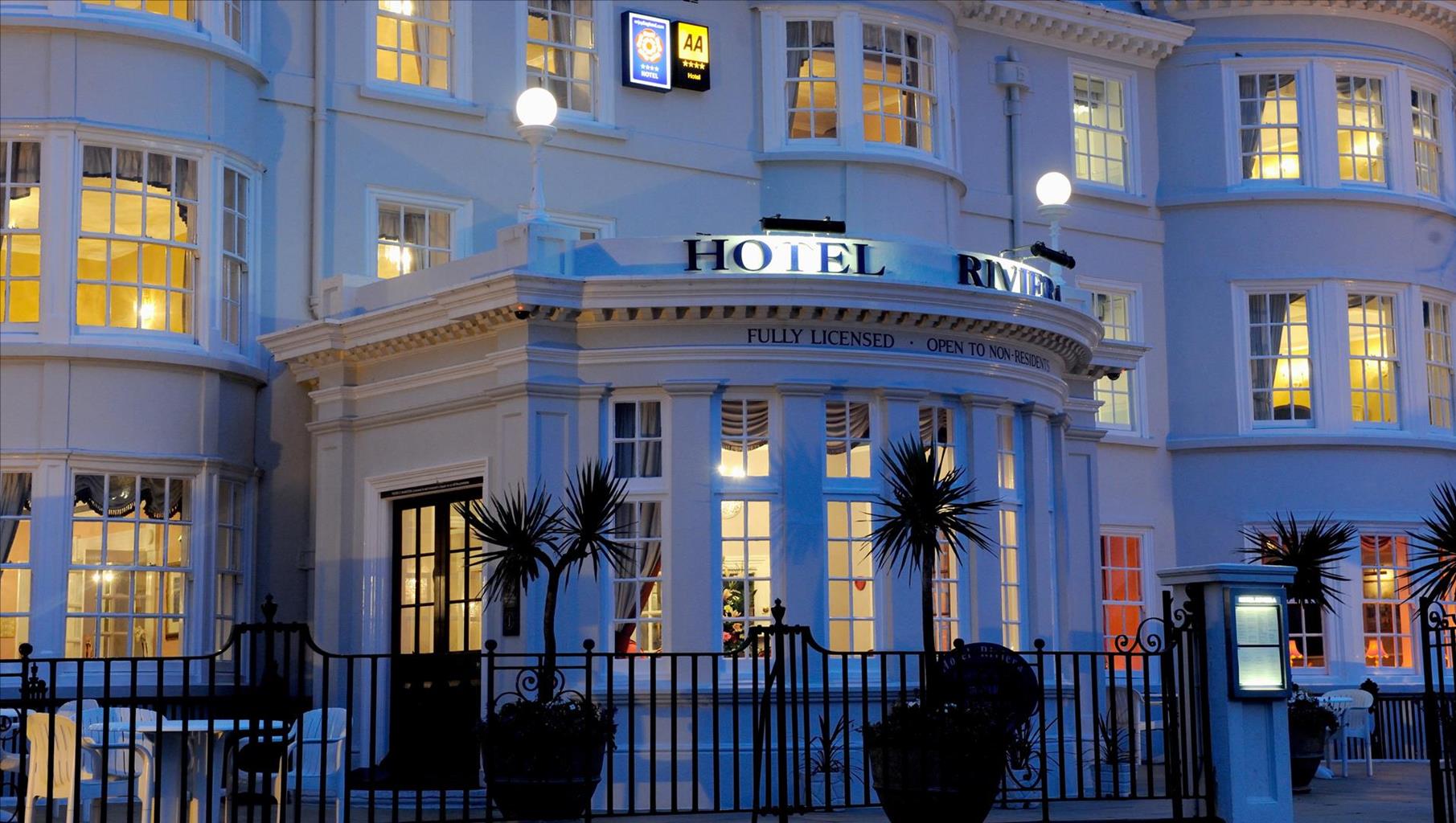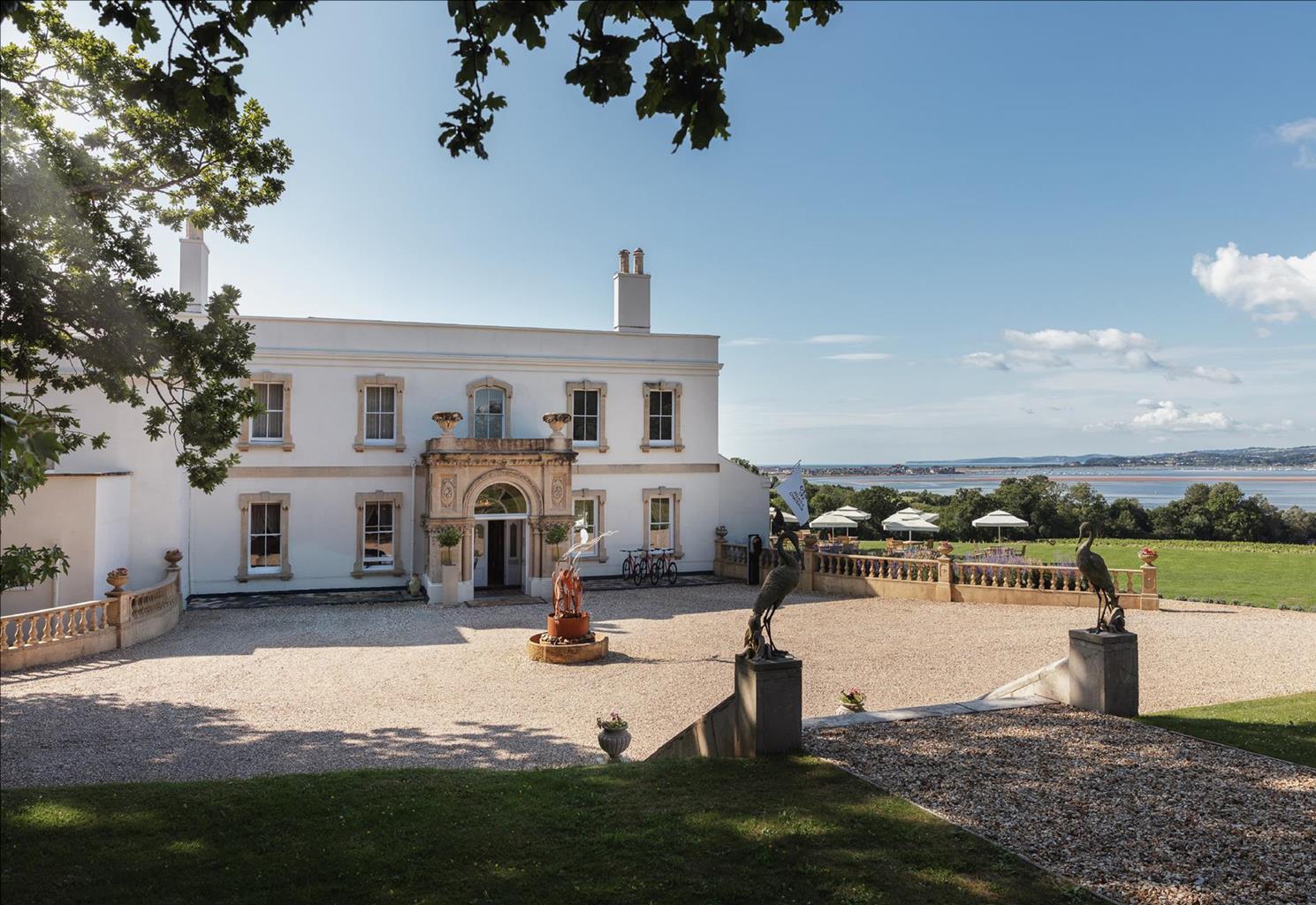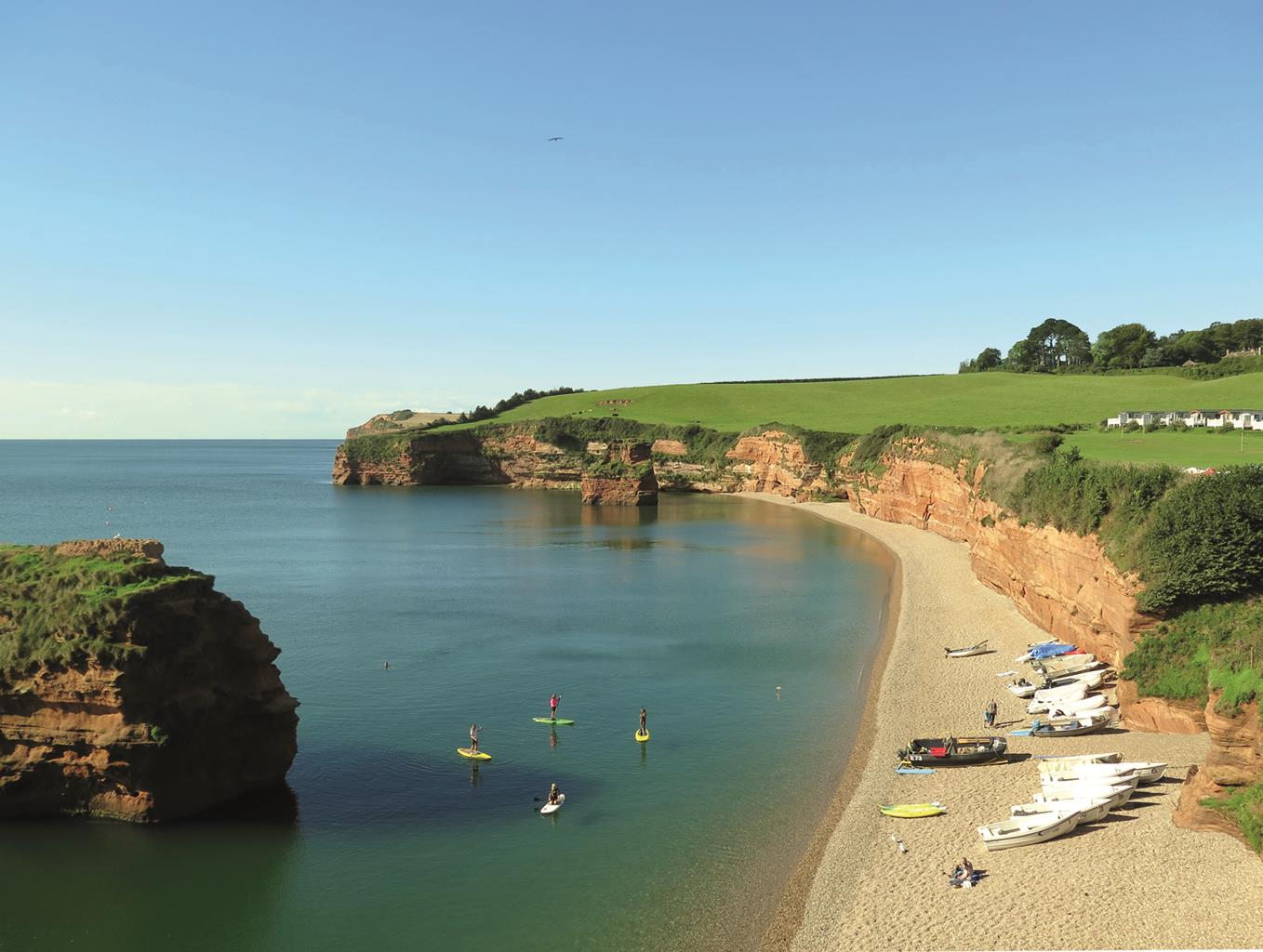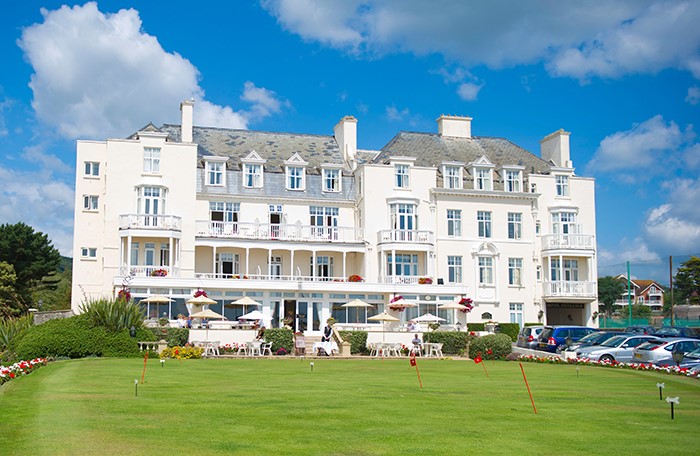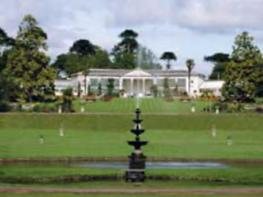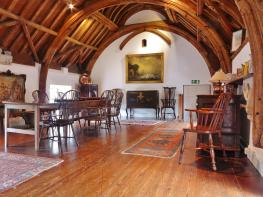Perfectly nestled in an AONB on the Jurassic Coast Devon, Ladram Bay has been family owned and…
River Otter and Jurassic Coast

5.5 miles (8.9kms)
About the walk
Peaceful, tranquil, lush, idyllic – these are all words that could easily be applied to this stroll along the banks of the River Otter. The river wends its way to meet the sea just east of Budleigh Salterton, its lower reaches a haven for a wealth of birdlife. In contrast to this, the walk continues along the top of the red sandstone cliffs typical of this area – but the coast path here is not in any way heart-thumpingly strenuous. The combination of the serene river meadows and the glorious coastal scenery – and then, perhaps, tea at Otterton Mill – make this an ideal family walk.
The Nature Reserve, south of White Bridge, is a SSSI and nationally important wildlife habitat, one of the smallest in the South West. The estuary was much more extensive in the past, and 500 years ago cargo ships could travel upriver as far as Otterton. Today, the estuary provides a haven for all kinds of birdlife, best seen between October and March. Oystercatchers, dunlins and other wading birds come to feed here; large flocks of waders and ducks, such as wigeons and teal, attract peregrine falcons, sparrowhawks and mink. Three-quarters of the estuary has been colonised by saltmarsh, which is also home to warblers in the summer months, linnets and greenfinches all year round, and kingfishers in winter. To catch the action, about 0.25 miles (400m) from the start of the main walk take a small path right towards the river to a birding hide.
The coastal section runs along part of the 95-mile (153km) Jurassic Coast, England’s first natural UNESCO World Heritage Site, designated in 2001. Quartzite pebbles on the beach at Budleigh Salterton date from Triassic times. Point 4 crosses Brandy Head, named on account of historic smuggling activity, and home to a World War II range observation post; from 1940 to 1946 Exeter airport was the most important RAF station in the West Country.
The mid-section of the walk brings us within sight of Otterton, a large, pleasant village, with many traditional cob and thatch buildings. St Michael and All Angels church is most impressive. There was a Saxon church here before the Norman Conquest, rebuilt by Benedictine monks when they established a priory in the 12th century. The main monastery building lay on the north side of the church, and part of it – probably the guests’ hall – remains today. After Henry VIII’s Dissolution of the Monasteries, in 1539, the church gradually fell into disrepair until it was totally rebuilt in the 1870s. The west tower is constructed of the Old Red Sandstone seen in the cliffs earlier in the walk.
Walk directions
Walk away from the river and through the kissing gate by the gate to South Farm. Turn right following signs for ‘Coast Path Ladram Bay’. The path runs along the field-edge, with lovely views right over the saltmarshes of the Otter Estuary Nature Reserve.
At the end of that field a shallow flight of wooden steps leads to a boardwalk and up into the next field. There are good views downriver to the shingle bank at Budleigh Salterton and across the estuary to the town itself.
Continue gently downhill; by a disused pillbox (now ‘bat hibernaculum’) follow the coast path sharp left (panoramic views right across the Otter delta).
After just over a mile (1.6km) the path rises and a view of Lyme Bay opens up ahead, including High Peak (564ft/157m – one of the highest points on the South Devon coast). Follow the coast path: the red sandstone cliffs are extremely friable and unstable, so do not go near the edge. Pass through a small gate by the disused wartime observation post (covered bench), and continue downhill.
Turn left to leave the coast path on the ‘Permissive path Otterton’; follow this grassy path inland then left through a kissing gate, then right around the water treatment works, and up the gravelly lane to meet Stantyway Road at a path junction. Turn left up the track, which soon bears right, signed to the River Otter, and gives way to a tarmac lane.
After 400yds (366m) Clamour Bridge is signed to the left, however, keep straight ahead on the tarmac lane following the Public Right of Way signs along Maunders Hill Road. This pretty lane climbs gently up before dropping down to reach the edge of Otterton.
Turn left along Green Close, and through the lychgate into the churchyard of St Michael and All Angels. Leave the church via its main door and turn right down Church Hill to join the road through the village. Turn left for Otterton Mill and cross over the river.
Walk alongside the river for just over 0.5 miles (800m) from the mill you reach the Clamour Bridge through a kissing gate. Continue ahead with the river on your left until meeting the White Bridge, turn left and find your car.
Additional information
Good level paths, coastal section and lanes
River meadow, cliffs and undulating farmland
Keep on lead near livestock and unfenced cliffs
OS Explorer 115 Exmouth & Sidmouth
By side of broad, quiet lane near entrance to South Farm
Behind Otterton Mill
WALKING IN SAFETY
Read our tips to look after yourself and the environment when following this walk.
Find out more
Also in the area
About the area
Discover Devon
With magnificent coastlines, two historic cities and the world-famous Dartmoor National Park, Devon sums up all that is best about the British landscape. For centuries it has been a fashionable and much loved holiday destination – especially south Devon’s glorious English Riviera.
Close to the English Riviera lies Dartmoor, one of the south-west’s most spectacular landscapes. The National Park, which contains Dartmoor, covers 365 square miles and includes many fascinating geological features – isolated granite tors and two summits exceeding 2,000 feet among them.
Not surprisingly, in Dartmoor the walking opportunities are enormous. Cycling in the two National Parks is also extremely popular and there is a good choice of off-road routes taking you to the heart of Dartmoor and Exmoor. Devon’s towns and cities offer stimulating alternatives to the rigours of the countryside.
Nearby stays
Restaurants and Pubs
Nearby experiences
Recommended things to do
Why choose Rated Trips?
Your trusted guide to rated places across the UK
The best coverage
Discover more than 15,000 professionally rated places to stay, eat and visit from across the UK and Ireland.
Quality assured
Choose a place to stay safe in the knowledge that it has been expertly assessed by trained assessors.
Plan your next trip
Search by location or the type of place you're visiting to find your next ideal holiday experience.
Travel inspiration
Read our articles, city guides and recommended things to do for inspiration. We're here to help you explore the UK.



